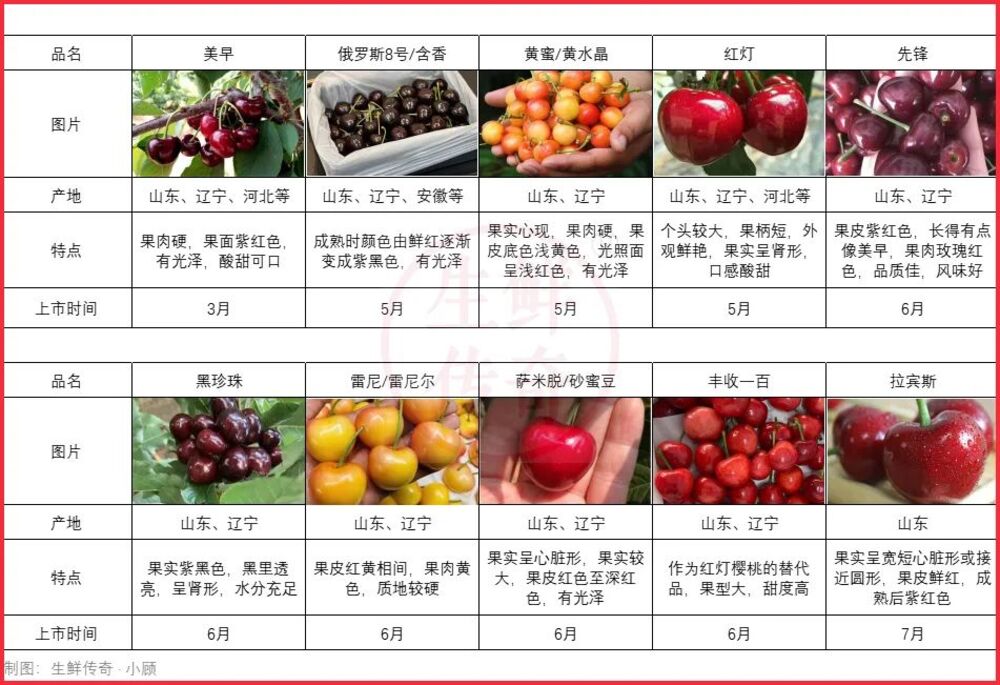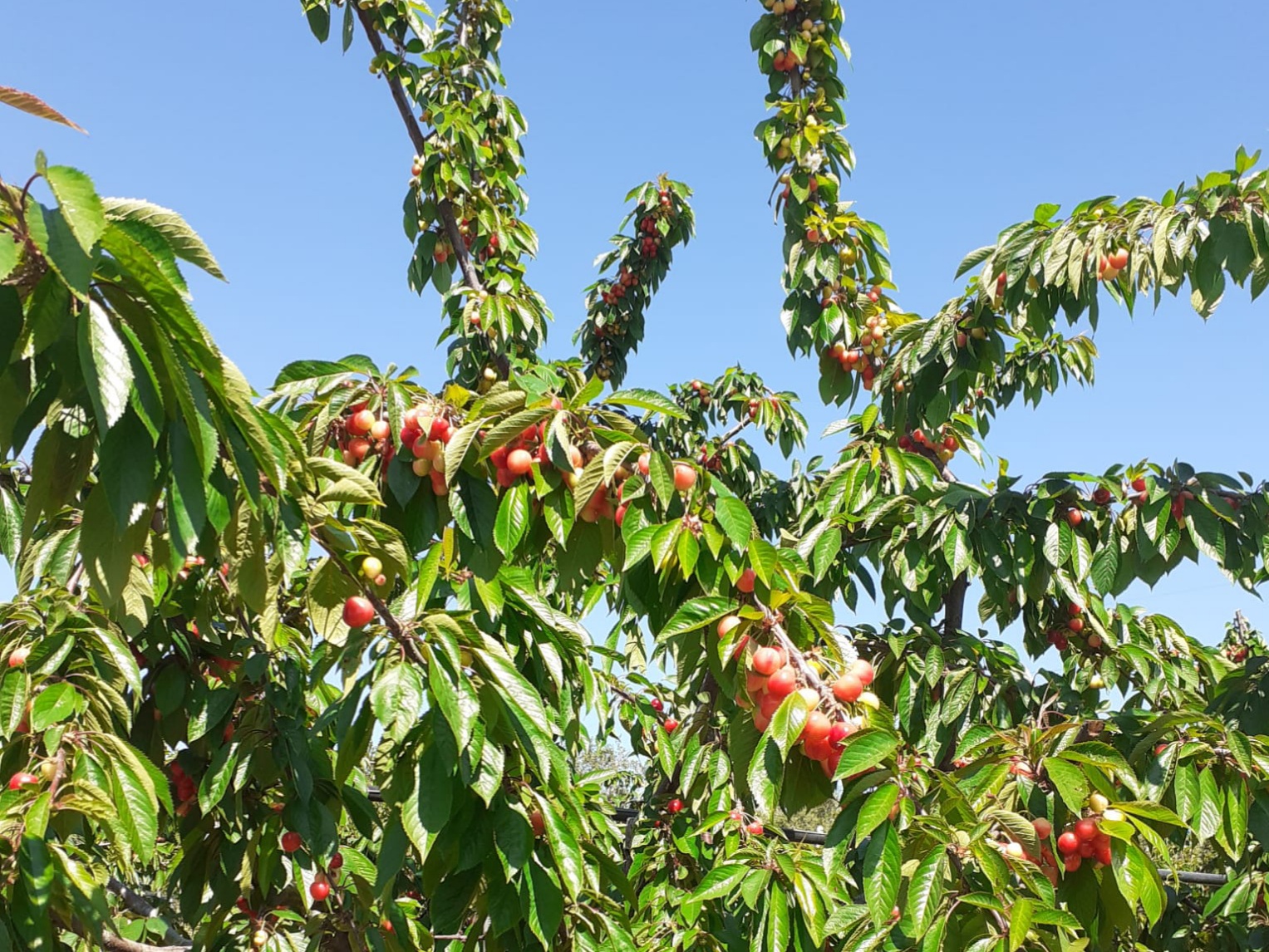In the heart of the West Coast, a new technology aims to protect orchards from rain, extreme heat, and wind. After years of losses, cherry growers are turning to climate-resilient solutions.
From British Columbia, Canada, to California, the West Coast of North America is one of the world’s most productive regions for fresh fruit and vegetables. But farmers are increasingly facing extreme weather events: heatwaves, unseasonal rain, wind, and insects are putting crops under severe pressure.
A striking example is the Okanagan Valley in Canada, where cherry growers did not see a full crop between 2018 and 2024. The reasons? “Heat domes” and sudden frosts that damaged not only cherries but also many other tree fruit crops.
The year 2025 finally brought a record harvest thanks to more favorable weather conditions. However, farmers know very well that a year like this is the exception, not the rule. That’s why they are looking to the future with a clearer strategy: investing in climate protection solutions.
The answer lies in the sky
In several parts of the world, including Australia and Canada, there is growing interest in technological systems that help farms become more resilient to climate change. Among them, Cravo Equipment, a Canadian company specializing in retractable structures for agriculture, is working with the Australian government to build a mobile roof system over a cherry orchard in the state of Victoria.
Meanwhile, Agriculture Canada and Cravo have started preparations for a similar project in British Columbia, at a research and development center. The goal is simple yet ambitious: protect crops without compromising quality and profitability.
For growers, however, it is a major investment, often difficult to sustain after years of financial losses. “It’s understandable that farmers want to see how a solution actually works before investing,” explains Richard Vollebregt, president of Cravo Equipment.
“With the construction of trial sites by research centers, it will be possible to analyze the real effect of a retractable roof system on farm income. Farmers want precise data on return on investment to make more informed decisions.”
AutoDry™: technology serving the climate
The solution to be tested in the field is the AutoDry™ system, an automated retractable structure that activates based on weather changes. In just minutes, it can cover orchards and protect them from rain, hail, frost, heat, and wind. But it’s not just about protection: AutoDry™ can regulate temperature and humidity, creating ideal conditions to improve yield and quality.
According to Vollebregt, this technology allows growers to obtain larger, firmer, and sweeter fruit, with an important advantage at harvest: the ability to bring forward or delay picking, capturing the periods when market prices are more favorable.
Addressing rain and heat issues together has always been difficult, especially because of the high costs of existing technologies. AutoDry™ changes the rules of the game. “We have developed the world’s most economical retractable roof system to protect large areas from rain,” says Vollebregt.
The system is suitable for different crops, including cherries, table grapes, and blueberries, but for now, the focus is on cherries, which have always been among the most delicate crops and most sensitive to climate fluctuations.
Towards resilient agriculture
The introduction of retractable systems in orchards represents an important step toward safer and more sustainable agricultural production. Collaborations between public bodies and private companies, such as that between Cravo and the governments of Canada and Australia, offer farmers new perspectives for tackling climate challenges.
If trials deliver positive results, we may witness a widespread adoption of these solutions, with tangible benefits in terms of product quality, production continuity, and income.
Source: freshplaza.com
Image source: Cravo
Cherry Times - All rights reserved










